MaterialsViews interviews Yanglong Hou of Peking University on nanobiotechnology and magnetic nanoparticles.


MaterialsViews interviews Yanglong Hou of Peking University on nanobiotechnology and magnetic nanoparticles.
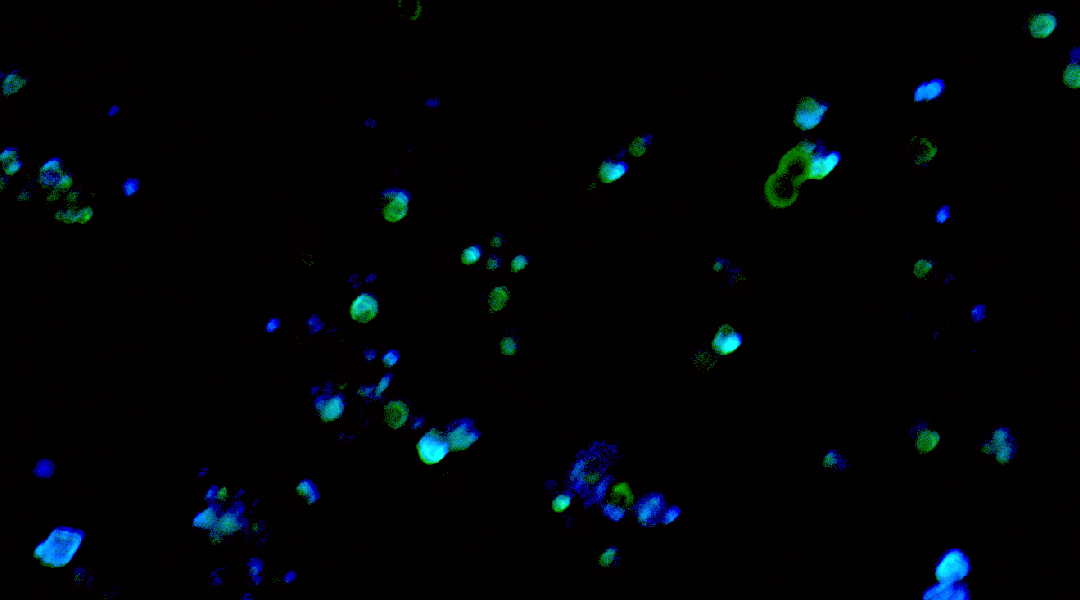
Swarms of iron-clad algae have been built to sweep through bodies of water to collect elusive bits of micro- and nanoplastics.
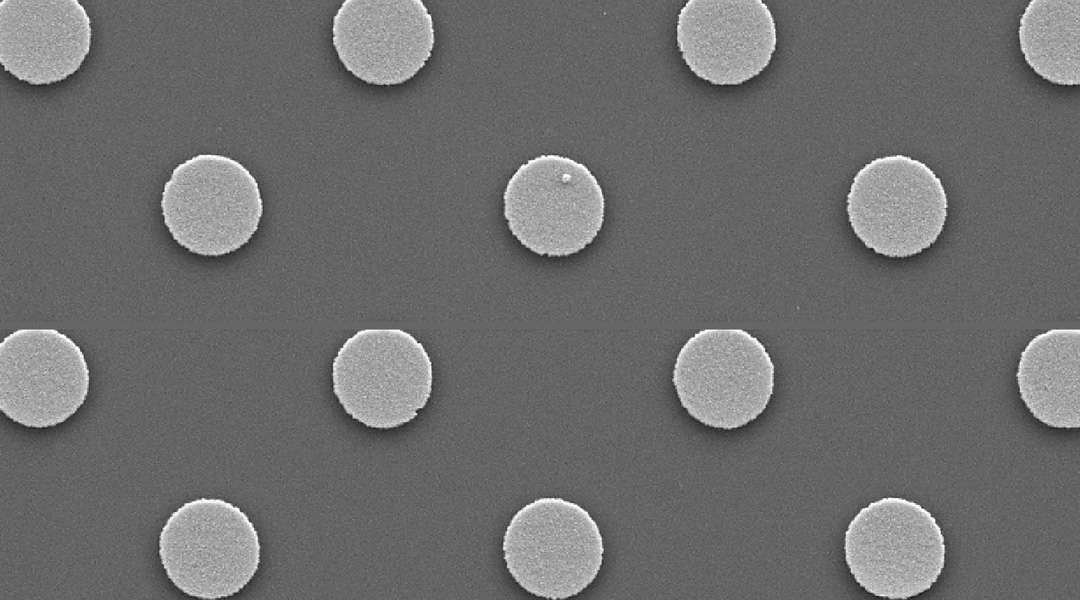
A membrane embedded with magnetic microdisks mechanically stimulates pancreatic cells to produce insulin, which could help treat diabetes.
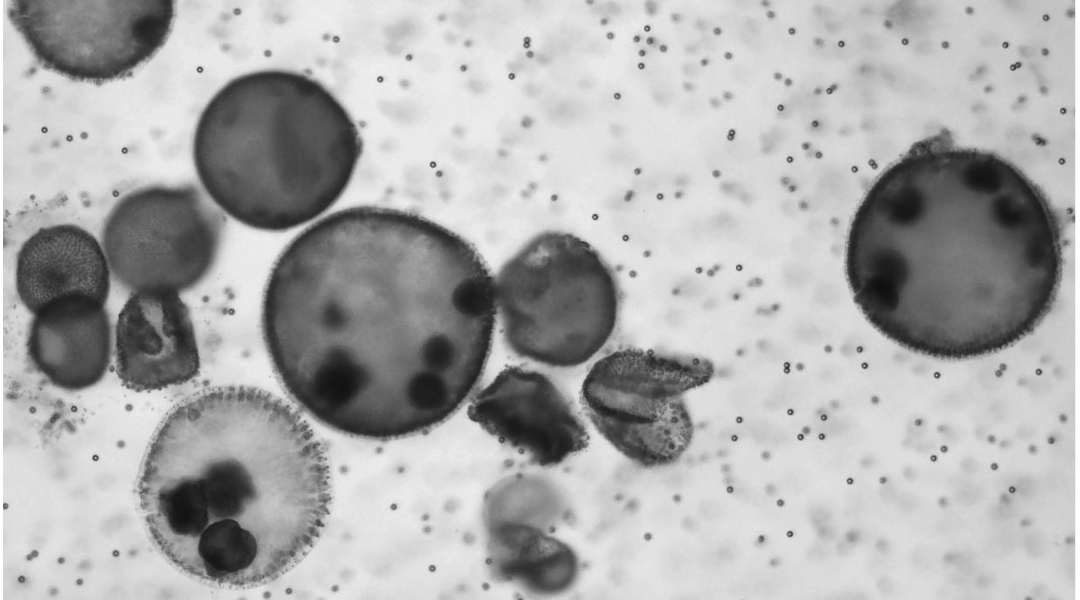
Living microrobots made from algae were weaponized to help fight tumors by improving the effectiveness of cancer therapies.
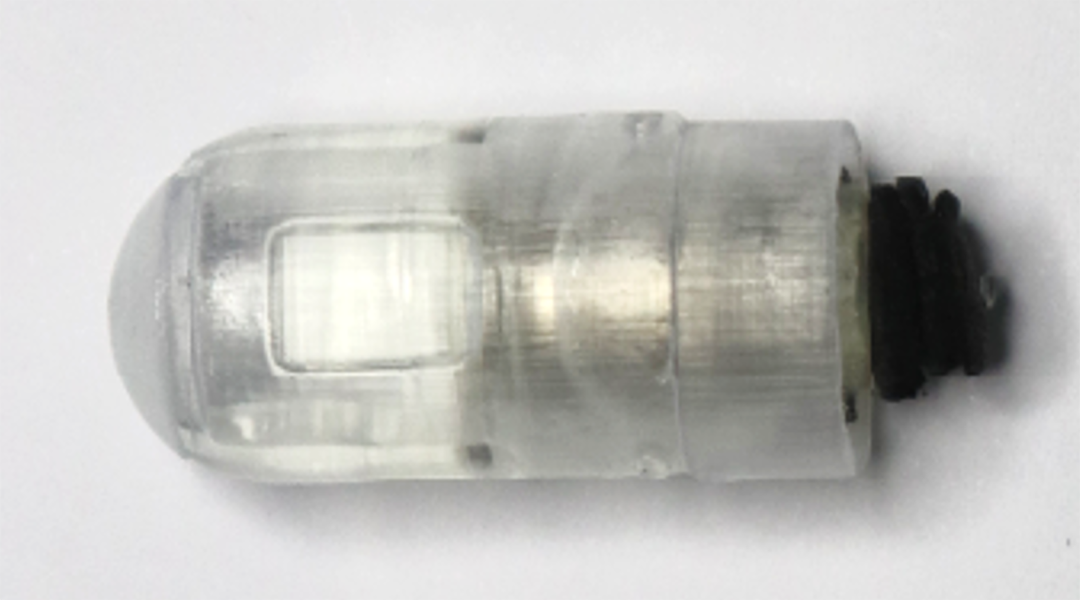
A magnetic, drug-delivering capsule precisely navigates the GI tract to heal gastrointestinal disease and injury.

Researchers develop microrobots that can sense their external environments and adapt their motion, similar to living organisms.
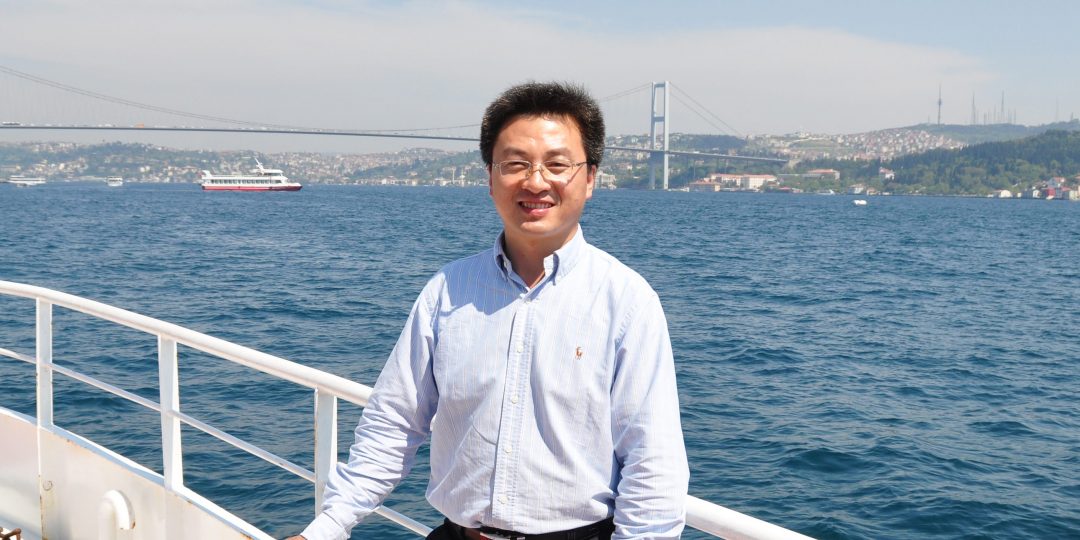
Curiosity driving scientific interest: Prof. Yanglong Hou shares his story for Advanced Science 5th anniversary
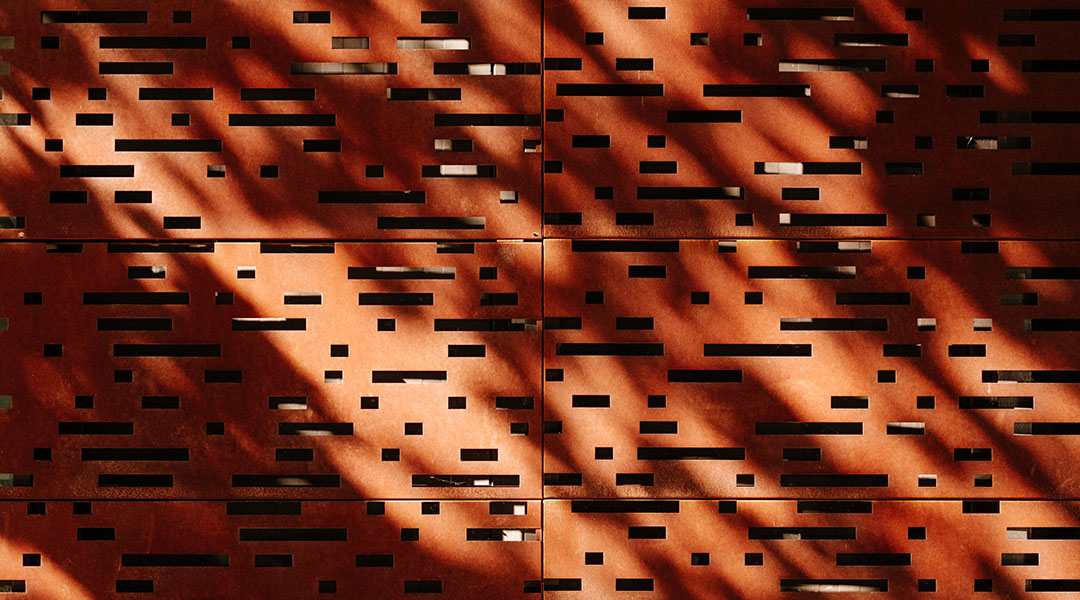
Nanoparticles can be used to destroy a common bacterial defense mechanism.
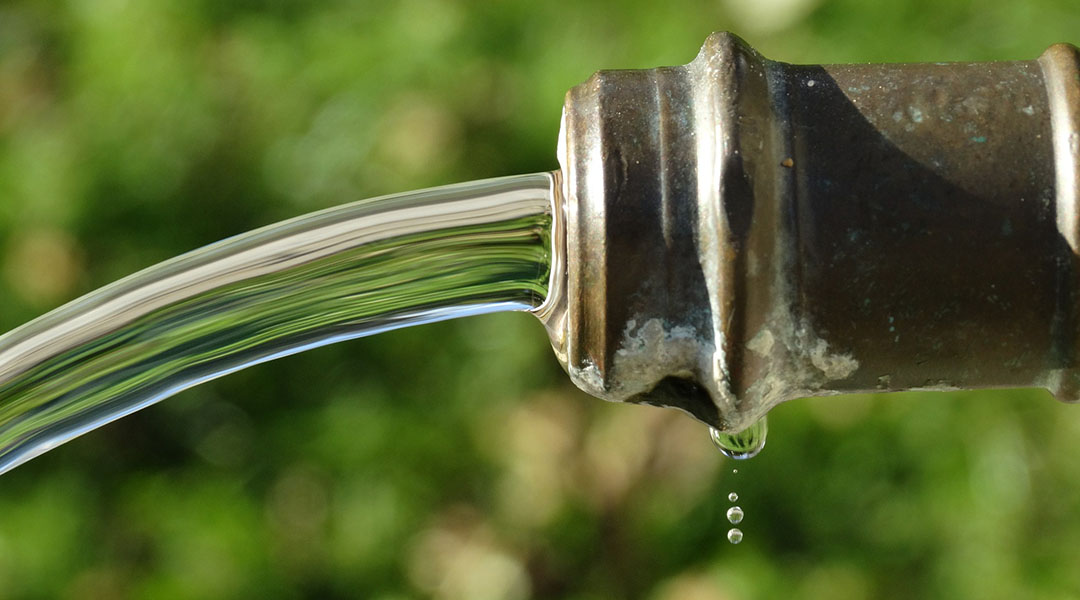
Using cellulose-based fibers and nanotechnology to remove arsenic from drinking water.
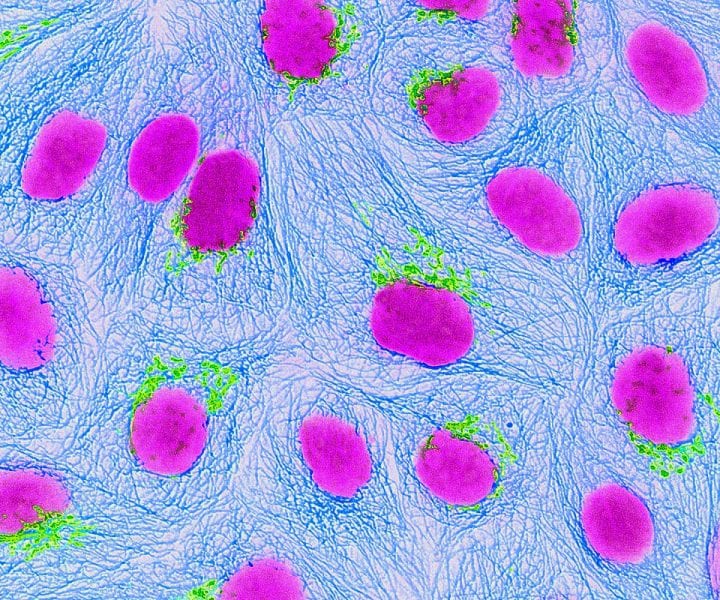
Magnetogenetics is a promising approach manipulating cellular functions in tissues and organisms with high spatial and temporal resolution.